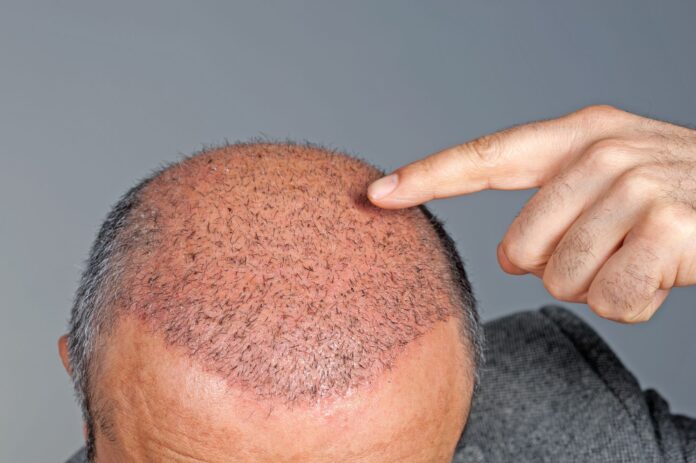
Baldness in men is no joke, even though it is often the butt of one. The snake oil business has, for decades, exploited this weak spot in the masculine bravado with the sale of myriad treatments, potions and snake oils that have made various exaggerated claims about reviving that thick head of hair.
Men’s wigs have, in the past, been the focus of much amusement. Cheap, badly fitting hairpieces have formed the basis of many a joke and gag on TV comedy shows. Yet the cruel laughter can hide a mass of misery and shame for many men who struggle with accepting their genetic hirsute situation.
While a dapper suit, designer cufflinks and a smart haircut give the ideal impression of a real man in control, the image can take on a comedic turn if a ‘rug’ is perceived in the place of real hair, hiding a bald pate of shame.
The medicalization of baldness has also had a profound impact on the psychology of many men, driving them to add to an industry that is already worth billions of dollars.
Table of Contents
The genetic pathway to male pattern baldness
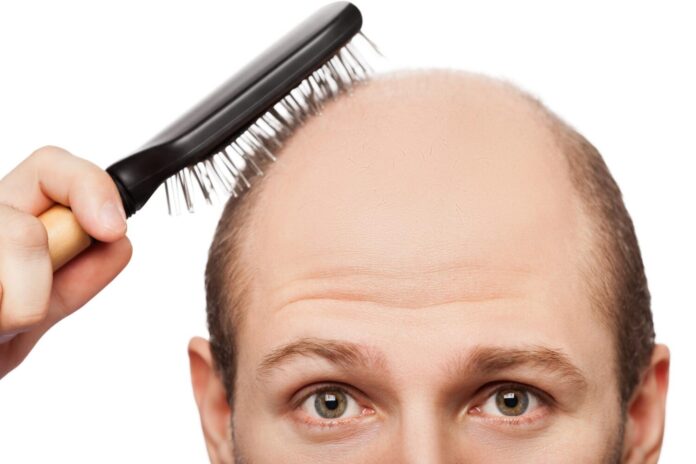
Male pattern baldness – more formally known as androgenetic alopecia – is responsible for up to 95 per cent of hair loss in men, leading to the receding hairlines and thinning crown that every man fears as they stride through their twenties.
The male hormone testosterone produces a byproduct called dihydrotestosterone (DHT). Many men develop an inherited sensitivity to DHT which causes the hair follicles to shrink and, in time, stop producing the hair.
Hair transplants – the future of male self esteem
It is probably fair to say that most men these days are more switched on to the ineffectiveness of products purporting to promote hair growth.
This sector of the market are now investing their hard earned cash on the growing hair transplant industry – a market sector that is predicted to grow in value to over $43 billion by 2026.
The popularity of hair transplant surgery is purely and simply based on the fact that a man will go into the clinic bald, and come out with visible proof of new hair growth, with results that are considered to be permanent.
While it is far from being a quick fix – healing can take between six to 12 months – it is generally proven that hair growth is revived for the rest of your life.
What is the process of a hair transplant
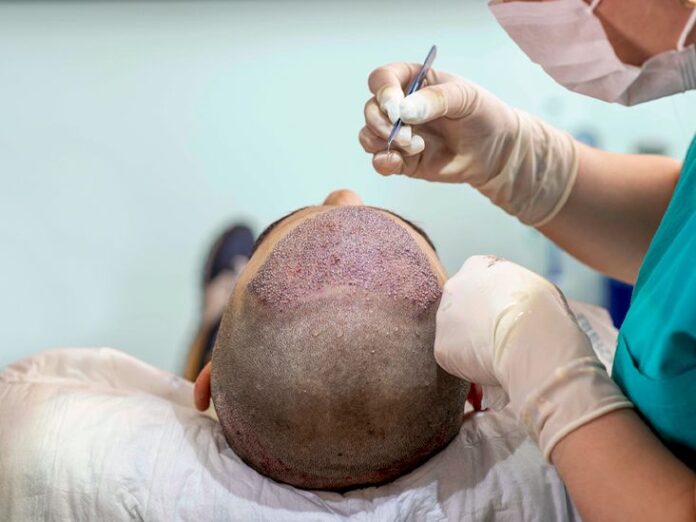
There are two common hair transplant procedures:
- FUT: Follicular Unit Transplantation
- FUE: Follicular Unit Extraction
FUT involves grafting healthy follicles and then inserting them into areas of the scalp where hair currently is not growing.
FUE involves moving healthy follicles to areas of the scalp where there are none, making small holes in the bald areas and placing these into the small holes.
While neither technique is better than the other, a hair transplant surgeon will decide which is better based on an individual’s specific needs. FUE is particularly suited to a man who keeps his hair very short, or shaved.
Post op only tiny scars are visible, that look like tiny dots, and there is no need for stitching. As a result recovery time is faster.
FUT involves removing a strip from the scalp. What this means is that the overall procedure takes less time, but recovery can be a little longer.
The history and evolution of hair transplants
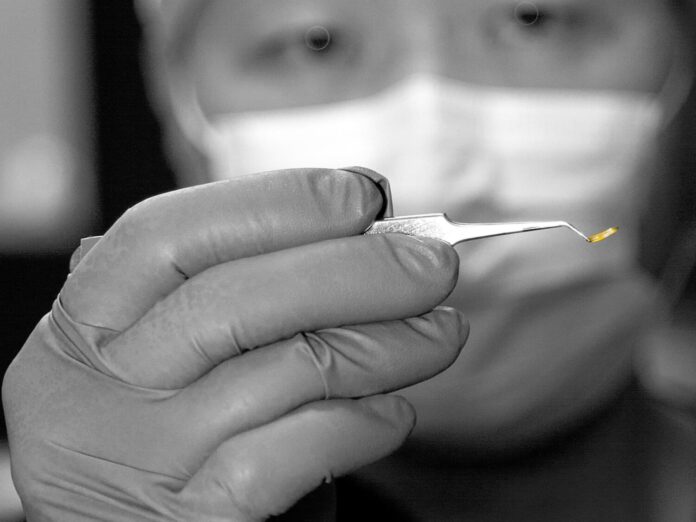
In the same way that long hair in women is seen as a symbol of beauty, youth and fertility, men can also be subject to the same external pressures and expectations, linking a full head of hair to reproductive fitness, virility, youth, strength, and masculinity.
A full head of hair is often interpreted as a sign of health and genetic fitness to the opposite sex, which feeds into a man’s overall feeling of confidence and high self esteem.
It Is for this reason, from elaborate hair pieces adorning the heads of African tribes, to the powdered wigs of our ancestors, hair has been a visible symbol of power and status for millennia.
The first hair replacement surgery took place in New York city, carried out by dermatologist Dr Norman Orent Reich. He was pioneering a ne technique called ‘punch grafting’ in which tiny rounded pieces of scalp tissue were removed from the back of the scalp where hair was still growing, and re-inserted in areas where there was no growth.
The next few decades saw the development and refining of this process to give individuals a much more natural looking hairline, rather than looking like a badly manufactured doll.
Mini and micro grafting led to the development of FUT and FUE techniques, significantly reducing the overall cost and recovery time in carrying out the procedure, and fueling the demand in men signing up to have the procedure done.
The global hair transplant industry, which was worth $5.94 billion in 2018, is predicted to grow to over $43 billion by 2026, representing a growth of over 28 per cent.
The average cost of a hair transplant in Europe varies between £2000 to £10,000 – so is very much in line with many of the cosmetic procedures that are enjoyed by women. Affordable and accessible to a wide market sector, often sold as part of a finance package.
What are the potential downsides of a hair transplant?
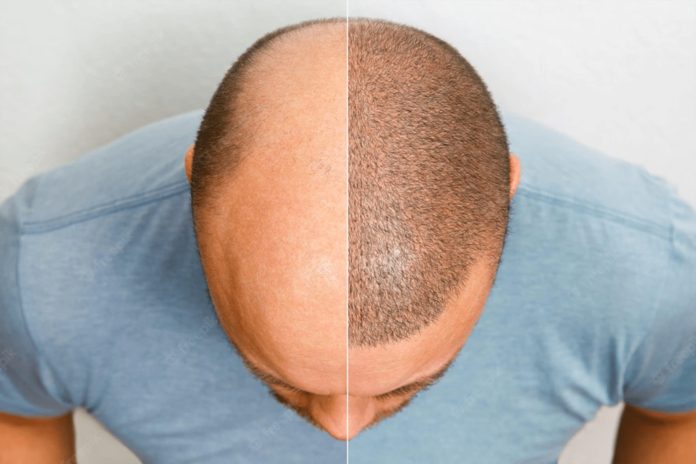
Of course, it’s not all great news. There are downsides to undergoing a hair transplant process. For example, you should never lose sight of the fact that it is a surgical procedure that is carried out under local anesthetic.
As with every surgery, it has a certain level of risk that you need to take into account. There is also a risk of infection if you don’t allow your scalp to heal properly.
The key is to be informed about your choice of clinic. Don’t be taken in by adverts offering cheap procedures, free consultations, and dodgy photographs. Seek out verification on every element of a clinic and the services it is offering to be confident that your hair transplant surgery delivers the glorious head of hair that you are after.















![16 Best Men’s Loafers 2023 [ BEST PREMIUM BRANDS ] best mens loafers](https://www.menshairstylesx.com/wp-content/uploads/2019/10/best-mens-loafers-1-100x70.jpg)
